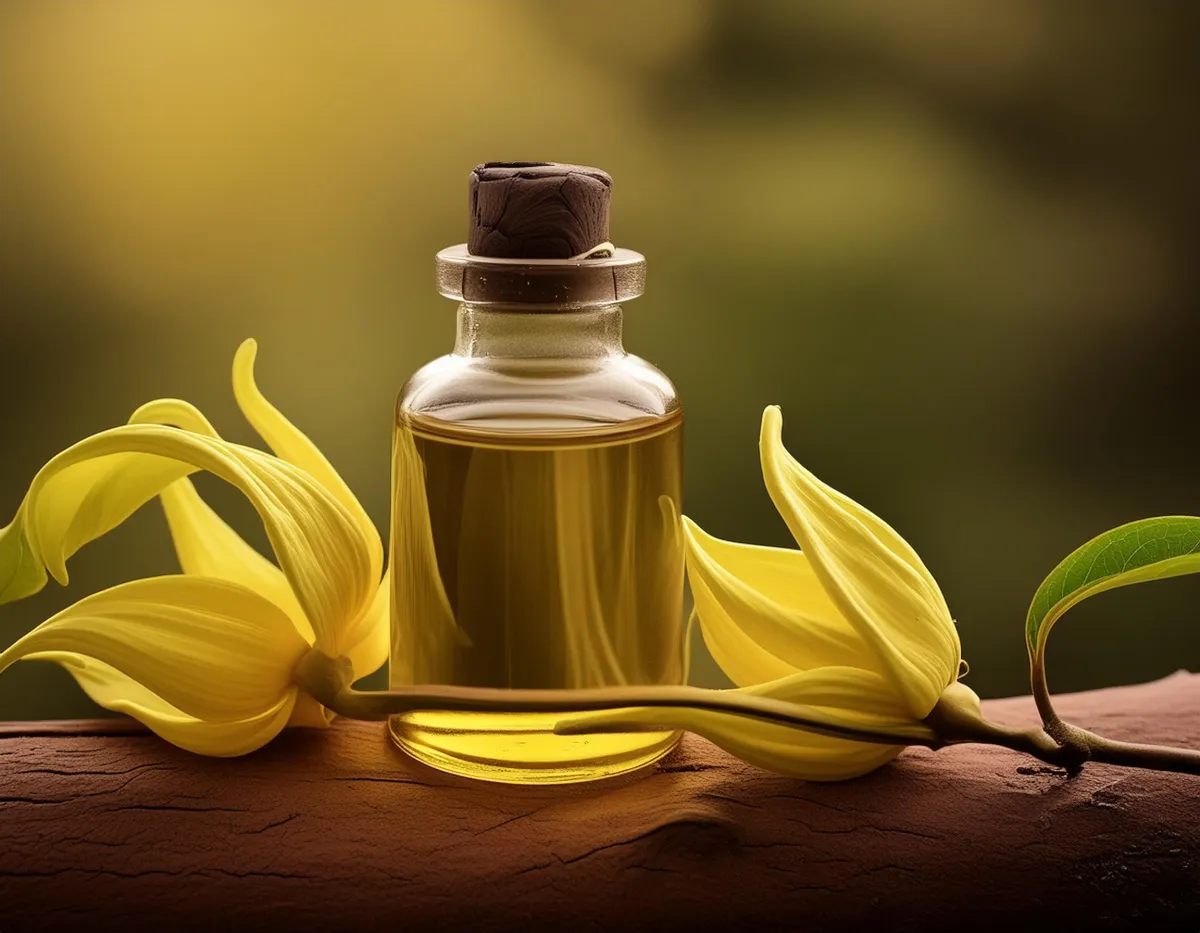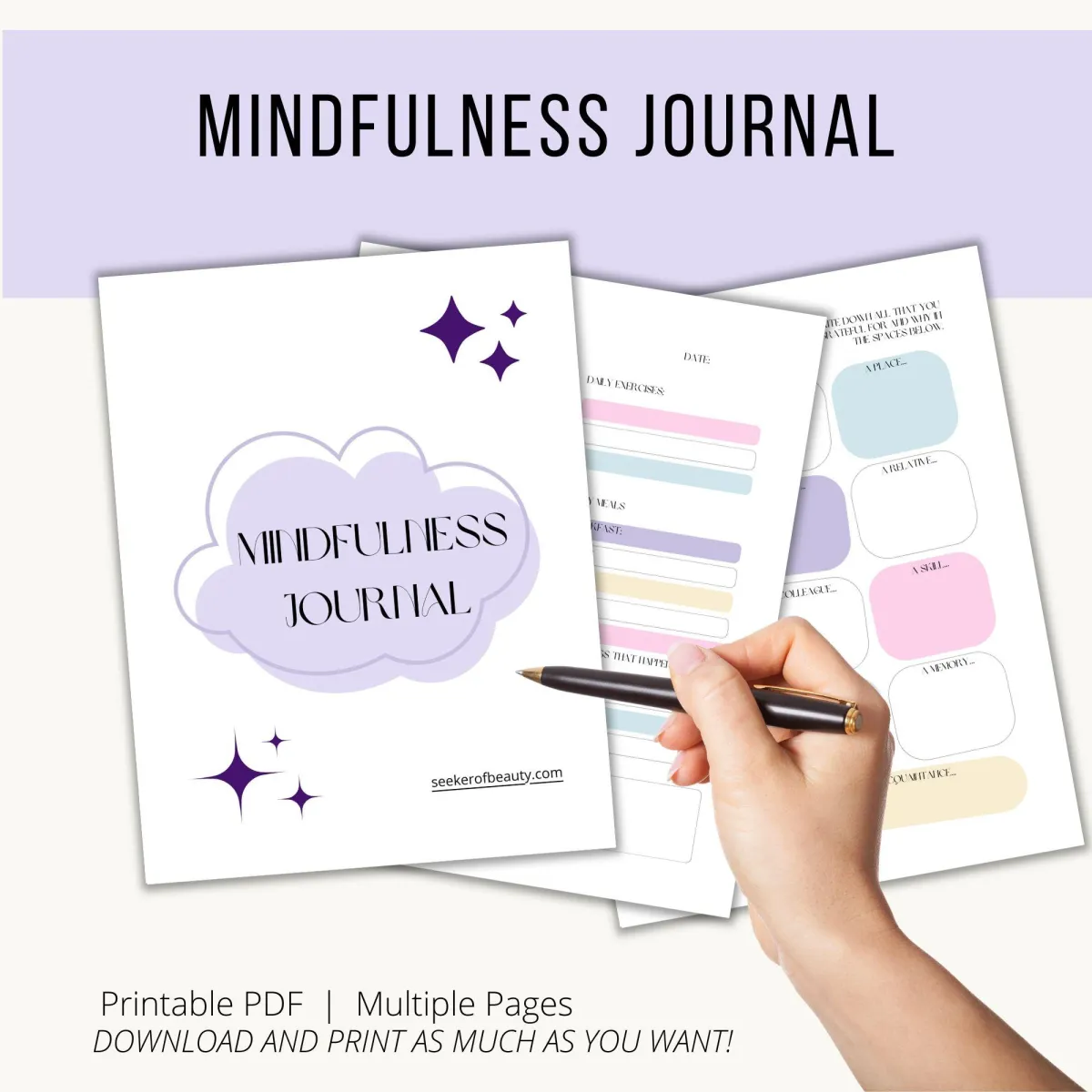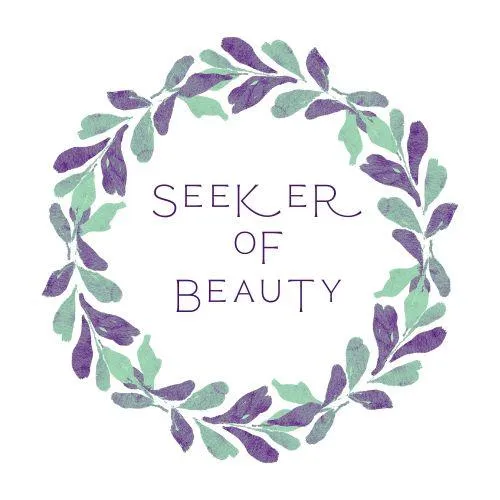Are You a Seeker?
Exploring beauty through Crystals, Aromatherapy,
and Painterly Photography
Latest Posts

From Blossom to Bottle: The Story of Ylang Ylang Essential Oil
In the heart of lush tropical landscapes, it is here, amidst the verdant foliage and vibrant blooms of the Cananga odorata tree, that the journey of Ylang Ylang essential oil begins. From the delicate petals of these fragrant blossoms to the meticulously crafted bottles that grace shelves around the world, the story of Ylang Ylang is one of nature's most captivating tales. Join us as we trace the steps of this aromatic alchemy, exploring the cultural heritage, traditional practices, and modern methods that converge to bring forth the essence of Ylang Ylang. Embark on a sensory voyage through time and space, and discover the exquisite beauty that lies within each drop of this precious botanical treasure.
Originating from the tropical climes of Southeast Asia, particularly Indonesia and the Philippines, Ylang Ylang has long been revered for its captivating aroma and diverse medicinal properties. Its name, which translates to "flower of flowers," aptly describes the delicate beauty and complex fragrance of its blossoms.
History
The history of Ylang Ylang essential oil is as rich and vibrant as the tropical landscapes from which it originates. Native to the lush rainforests of Southeast Asia, particularly the Philippines and Indonesia, the Cananga odorata tree has been revered for centuries for its fragrant blossoms. In these regions, the Ylang Ylang tree holds deep cultural significance, often being associated with rituals, ceremonies, and traditional medicine.
Historical records indicate that Ylang Ylang has been used for its aromatic and medicinal properties dating back to ancient times. In traditional Southeast Asian medicine, the flowers of the Ylang Ylang tree were prized for their ability to promote relaxation, uplift the spirit, and enhance sensuality. They were often used in various remedies to alleviate stress, anxiety, and fatigue, as well as to enhance skin and hair health.
The popularity of Ylang Ylang as a fragrance and therapeutic agent spread beyond Southeast Asia, reaching Europe during the 19th century. French perfumers were particularly enamored with its exotic floral scent, which they incorporated into luxury fragrances and cosmetics. Ylang Ylang's reputation as an aphrodisiac and mood enhancer further fueled its demand in the Western world, earning it a place among the most prized essential oils in perfumery. Today, Ylang Ylang continues to be cherished for its exquisite aroma and versatile uses, captivating aromatherapy enthusiasts, natural wellness practitioners, and perfumers alike with its timeless allure.
How it is Made
Ylang Ylang essential oil is derived from the fragrant flowers of the Cananga odorata tree through a meticulous process that honors its delicate essence. The journey from blossom to bottle begins with the careful selection of flowers at the peak of their bloom, typically in the early morning when their scent is most potent. Harvesters handpick the blossoms, ensuring that only the highest quality flowers are chosen for oil extraction.
Once harvested, the Ylang Ylang flowers undergo a process known as steam distillation to extract their aromatic oils. In this method, the flowers are placed in a distillation chamber along with water, where they are gently heated by steam. As the steam permeates the flowers, it carries their aromatic compounds through a coiled tube, where they condense and form a fragrant liquid known as Ylang Ylang essential oil. This process is repeated several times to ensure maximum extraction of the oil and capture the different fractions, each possessing unique aromatic profiles ranging from light and floral to rich and exotic.
After distillation, the Ylang Ylang essential oil is carefully separated from the water and any remaining plant matter, resulting in a pure, concentrated oil ready for bottling. The oil is then subjected to rigorous quality control measures to ensure its purity, potency, and adherence to industry standards. From the sun-drenched fields where the flowers are grown to the state-of-the-art distillation facilities, every step of the process is executed with precision and care to preserve the integrity of Ylang Ylang essential oil and honor its legacy as a botanical treasure.
Benefits of Ylang Ylang Essential Oil
Ylang Ylang essential oil offers a wide range of potential benefits for both physical and emotional well-being. Here are some of its notable benefits:
Relaxation and Stress Relief: Ylang Ylang is renowned for its calming properties, making it an excellent choice for reducing stress, anxiety, and nervous tension. Its sweet, floral aroma can help promote feelings of relaxation and inner peace.
Mood Enhancement: The uplifting scent of Ylang Ylang essential oil can help elevate mood and alleviate feelings of sadness or low spirits. It is often used in aromatherapy to promote feelings of joy, positivity, and emotional balance.
Aphrodisiac: Ylang Ylang has a long-standing reputation as an aphrodisiac, believed to enhance sensuality and stimulate romantic feelings. Its exotic fragrance can create a sensual atmosphere and promote intimacy.
Skin and Hair Care: Ylang Ylang essential oil is beneficial for skin and hair health. It has moisturizing properties that help hydrate and nourish the skin, making it useful for dry or irritated skin conditions. When applied topically, it can also help regulate oil production and promote a healthy scalp and hair.
Natural Perfume: With its sweet, floral scent, Ylang Ylang essential oil is a popular ingredient in natural perfumery. It adds depth and complexity to fragrances and blends well with a variety of other essential oils.
Balancing Hormones: Ylang Ylang may help balance hormones and alleviate symptoms associated with hormonal imbalances, such as mood swings, menstrual cramps, and menopausal symptoms.
Promoting Sleep: Ylang Ylang's calming aroma can help promote relaxation and improve sleep quality. Diffusing Ylang Ylang essential oil in the bedroom before bedtime may help create a peaceful environment conducive to restful sleep.
Antioxidant Properties: Ylang Ylang essential oil contains antioxidants that help protect the body from free radical damage and oxidative stress, supporting overall health and wellness.
Digestive Support: Ylang Ylang essential oil may aid in digestion by helping to reduce bloating, gas, and discomfort. It can be used topically with a carrier oil or inhaled through aromatherapy to support digestive health.
Supporting Cardiovascular Health: Some research suggests that Ylang Ylang essential oil may have cardiovascular benefits, including helping to lower blood pressure and reduce heart rate when inhaled or applied topically. However, more studies are needed to fully understand its effects on cardiovascular health.
Tips for Using Ylang Ylang Essential Oil
Here are some tips for using Ylang Ylang essential oil:
Aromatherapy: Add a few drops of Ylang Ylang essential oil to a diffuser to create a calming and uplifting atmosphere at home or in the workplace. You can also inhale the scent directly from the bottle or apply a drop to your wrists and inhale deeply for a quick mood boost.
Massage: Dilute Ylang Ylang essential oil with a carrier oil, such as coconut oil or sweet almond oil, and use it for a relaxing massage. Focus on areas of tension, such as the shoulders, neck, and back, to promote relaxation and relieve stress.
Skin Care: Incorporate Ylang Ylang essential oil into your skincare routine by adding a drop or two to your favorite moisturizer, serum, or facial oil. Its moisturizing and balancing properties can help improve skin tone and texture, as well as soothe dry or irritated skin.
Hair Care: Mix a few drops of Ylang Ylang essential oil with a carrier oil, such as jojoba oil or argan oil, and massage it into your scalp to promote healthy hair growth and scalp health. You can also add a drop to your shampoo or conditioner for added shine and fragrance.
Bath: Add a few drops of Ylang Ylang essential oil to your bathwater for a luxurious and aromatic bath experience. The soothing scent can help relax your mind and body, making it perfect for unwinding after a long day.
DIY Perfume: Create your own natural perfume using Ylang Ylang essential oil as a base. Mix it with other complementary essential oils, such as lavender, bergamot, or jasmine, and dilute with a carrier oil or alcohol for a personalized fragrance.
Romantic Atmosphere: Set the mood for a romantic evening by diffusing Ylang Ylang essential oil in the bedroom or adding a drop to a bowl of potpourri. Its sweet and floral aroma can help create a sensual atmosphere and enhance intimacy.
Stress Relief: Keep a bottle of Ylang Ylang essential oil handy for moments of stress or anxiety. Inhale the scent directly from the bottle or apply a drop to your pulse points to help calm your nerves and promote relaxation.
Sleep Aid: Diffuse Ylang Ylang essential oil in the bedroom before bedtime to create a tranquil environment conducive to sleep. Its calming aroma can help relax your mind and body, promoting restful sleep.
Natural Deodorizer: Use Ylang Ylang essential oil as a natural air freshener by diffusing it or adding a few drops to a spray bottle with water. Its pleasant fragrance can help eliminate odors and freshen up any space.
Safety precautions are crucial when using any essential oil, including Ylang Ylang. Here are some important safety tips:
Dilution: Ylang Ylang essential oil is potent and should always be diluted with a carrier oil before applying to the skin. A general rule of thumb is to use a 2-3% dilution, which equates to about 6-9 drops of essential oil per ounce of carrier oil.
Sensitive Skin: Essential oils may cause skin irritation or sensitization in some individuals, especially those with sensitive skin. If you experience any redness, itching, or discomfort, discontinue use immediately and wash the affected area with mild soap and water
Avoiding Contact with Eyes and Mucous Membranes: Keep essential oils away from the eyes, inner ears, and other sensitive areas of the body. If accidental contact occurs, rinse thoroughly with water.
Medical Conditions: If you have any underlying medical conditions or are taking medication, consult with a healthcare professional before using Ylang Ylang essential oil, as it may interact with certain medications or exacerbate certain health conditions.
Conclusion
In conclusion, Ylang Ylang essential oil stands as a testament to the beauty and power of nature's botanical treasures. From its rich history steeped in tradition to its myriad of therapeutic benefits and versatile applications, Ylang Ylang continues to captivate the senses and inspire awe. Whether diffused in the air to create a serene atmosphere, blended into skincare products for radiant skin, or used in massage to soothe tired muscles and calm the mind, the possibilities for harnessing the essence of Ylang Ylang are endless. As we embark on our journey through the history, benefits, and applications of Ylang Ylang essential oil, let us embrace its timeless allure and celebrate the profound connection between humanity and the natural world.

Free Mindfulness Journal
© 2024 Seeker of Beauty built by
sweetsallysscents



Facebook
Instagram